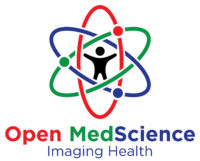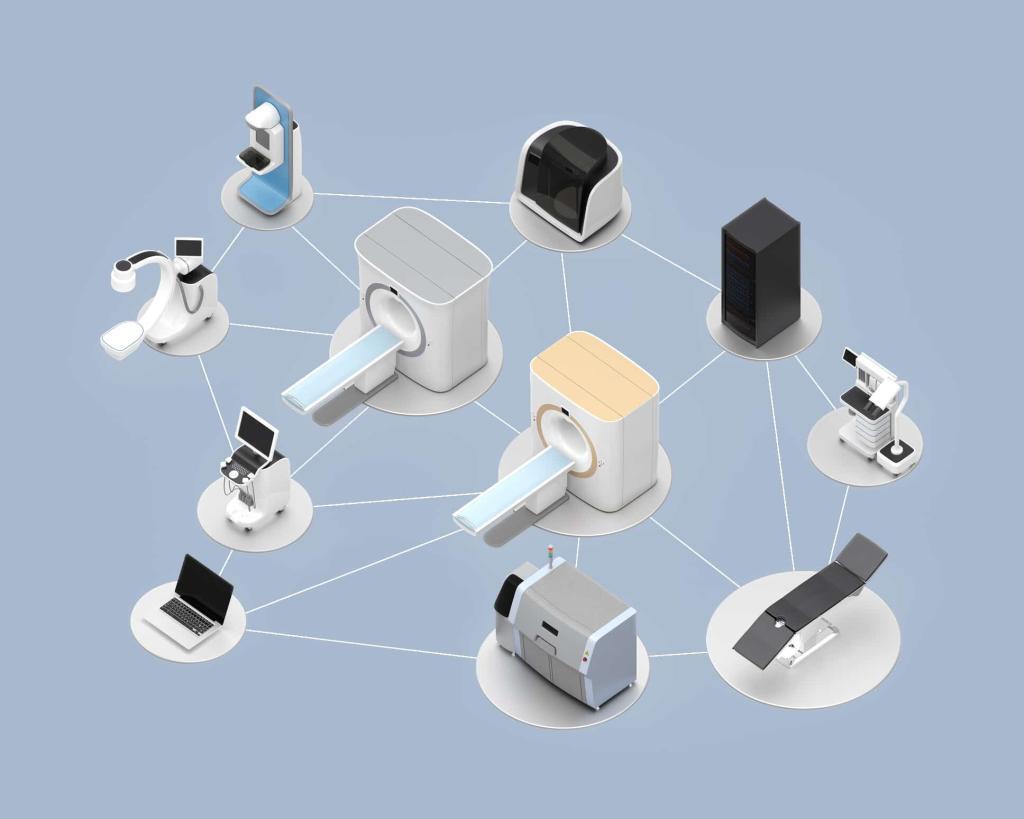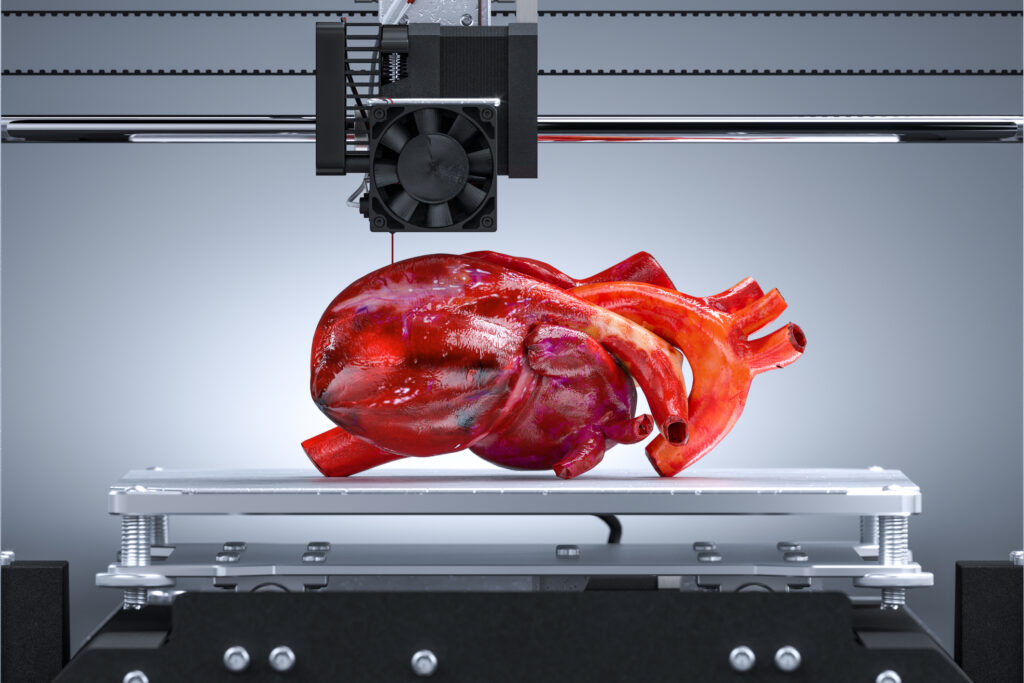What makes some individuals truly brilliant—especially in medical research? These exceptional minds don’t just think outside the box—they often reshape it, uncovering new ways to understand disease and develop solutions. Their curiosity and unique approach push the boundaries of medical knowledge.
Not every breakthrough comes from large teams or big budgets. Sometimes, a single individual’s creative insight makes all the difference. These thinkers connect dots others overlook, blending scientific expertise with innovation.
What sets them apart isn’t just what they know—it’s how they think. By exploring this link between genius and medical discovery, we gain a deeper appreciation for the visionaries transforming modern medicine.
Exploring the Nature of Genius in Medical Research
In medical research, exceptional minds often display traits and strategies distinct from the norm. This section dissects their profiles, from dispelling myths about IQ to their unique approaches to challenges.
Defining Genius: Myths Versus Science
Genius is often mistaken as being solely about a genius IQ score, but cognitive psychology shows it’s more complex. Creativity, problem-solving, and unique pattern recognition are equally vital. Genius goes beyond numbers—it’s about how minds connect ideas in extraordinary ways.
In medical research, geniuses combine various intellectual strengths. Their talents often defy conventional IQ standards, proving that genius can exist in many forms.
Common Traits of Exceptional Minds
Exceptional researchers share traits like creativity, curiosity, and persistence—key drivers of innovation. Their work rarely follows a straight path, and their resilience helps them navigate setbacks.
They also thrive on collaboration, drawing insights from multiple disciplines. Their flexible thinking and determination make them not just smart, but truly innovative.
How Geniuses Tackle Scientific Challenges
Geniuses approach problems from fresh angles, questioning norms and using unconventional methods. Their lateral thinking helps them connect ideas others miss, turning challenges into breakthroughs.
By combining imagination with scientific rigour, they challenge assumptions and push the boundaries of medical research—fueling real progress.
Breakthroughs Forged by Exceptional Minds
Exceptional minds in medical research have achieved groundbreaking advancements that save lives and redefine healthcare. These innovators develop transformative discoveries, apply revolutionary problem-solving strategies, and lead impactful changes that inspire generations.
Transformative Discoveries That Changed Medicine
Pioneering researchers have made significant discoveries that altered the medical landscape. The identification of penicillin, for instance, marked a new era in treating bacterial infections. Such breakthroughs transform patient care, enabling doctors to treat previously untreatable diseases.
DNA’s double helix structure, unravelled by Watson and Crick, empowered genetic research, allowing doctors to understand hereditary conditions better. These discoveries are not mere scientific feats but lifesaving interventions. Recognising these advancements helps you appreciate the magnitude of their impact on health.
Revolutionary Problem-Solving Strategies
Exceptional minds employ unique strategies to solve complex medical challenges. Instead of following conventional paths, they often embrace innovative thinking.
For example, researchers used mRNA technology to rapidly develop COVID-19 vaccines, demonstrating incredible adaptability and efficacy.
These problem solvers observe patterns, question established norms, and leverage interdisciplinary collaboration. This approach pushes the boundaries of what’s possible in medicine, providing solutions that include everyone. You can witness how these strategies lead to transformative healthcare outcomes.
Shaping the Future: From Ideas to Impactful Innovations
Turning innovative ideas into widespread medical practices requires determination and vision. Researchers who pioneered minimally invasive surgery changed how procedures are performed, reducing recovery time and improving patient comfort.
The journey from concept to practice involves navigating regulatory challenges, securing funding, and influencing acceptance in the medical community. Exceptional minds drive this progress, ensuring that cutting-edge innovations benefit you directly, improving the quality of care and life expectancy.
Inspiring Stories of Medical Visionaries
Exceptional minds aren’t just scientists; they’re individuals with inspiring stories. Dr. Helen Taussig, who developed the first successful surgery for “blue baby syndrome,” overcame hearing loss while making her groundbreaking contributions.
These visionaries reveal the power of perseverance, courage, and dedication. Their stories motivate aspiring researchers to challenge limitations and pursue ambitions. As you read about these medical visionaries, you’re reminded that behind every breakthrough is a human story worth celebrating.
The Science Behind Genius Thinking
Genius thinking involves unique neurological patterns, a mix of cognitive abilities, and the interplay of both inherent traits and environmental influences. These elements come together in extraordinary minds to drive innovation and breakthroughs in fields like medical research.
Neuroscience Perspectives on Creative Intelligence
When you look into the brain of a genius, you often find interesting patterns of activity. Creative intelligence often involves connections between different brain regions that might not usually communicate.
Studies have shown that geniuses have enhanced neural connectivity, allowing ideas to flow more freely across the brain. This leads to novel insights and solutions.
Furthermore, geniuses tend to utilise effective problem-solving techniques by engaging both their right and left hemispheres. This balance of analytical and creative thinking supports innovation, especially in the medical field, where new discoveries can save lives.
The Role of Cognitive Diversity in Medical Breakthroughs
Cognitive diversity is an essential ingredient in medical advancements. When diverse minds come together, varying perspectives fuel innovation. Teams that embrace different ways of thinking are more likely to develop unique solutions to complex problems. This is crucial in areas like drug discovery and the development of new treatment methods.
By encouraging a variety of thought processes, medical research can push beyond traditional boundaries. Inclusive environments foster creativity and open up new paths for investigation, accelerating the pace of scientific achievement.
Cultivating Genius: Nature, Nurture, or Both?
The question of whether genius is a product of nature or nurture remains a hot topic. While genetic predispositions play a role, the environment significantly influences the development of extraordinary abilities. Access to education, exposure to diverse experiences, and supportive mentors all contribute to cultivating genius.
As you nurture your potential or the potential of others, creating a balance between stimulating challenges and support can unlock talent. The synergy of innate talent and rich environments often produces the greatest medical innovators who push the boundaries of what is possible.
Fostering Genius in the Next Generation of Researchers
Cultivating the next wave of exceptional medical researchers involves creating environments that encourage creativity, mentorship that fosters growth, and leadership that inspires visionary approaches. These components are crucial in paving the way for groundbreaking medical advancements.
Building Supportive Environments for Innovation
Creating a nurturing space is essential for emerging talent. Supportive environments provide access to resources like advanced labs and open-access journals, empowering researchers to explore ideas freely.
Promoting curiosity and challenging norms helps researchers feel safe to innovate, laying the groundwork for breakthroughs.
Institutions should also prioritise interdisciplinary collaboration. Diverse expertise fosters fresh perspectives, sparking creativity and driving innovation.
Mentorship and Collaboration as Catalysts
Mentorship steers aspiring researchers toward impactful work. Seasoned mentors offer insights and guidance that build skills and confidence.
Collaboration strengthens research by enabling knowledge-sharing and resource pooling. It broadens networks and opens doors to new opportunities.
Strong mentor-mentee relationships and collaborative networks are vital for the growth and success of future researchers.
Encouraging Bold Leadership in Medical Science
Bold, visionary leadership is key to fostering innovation. Encouraging risk-taking and resilience inspires a pioneering mindset among young scientists.
Research institutions should integrate leadership training to help researchers lead teams, tackle challenges, and drive progress.
By cultivating leadership, we empower researchers to take initiative and shape the future of medical science.
Conclusion
Genius in medical research isn’t just about high intelligence—it’s about curiosity, creativity, and the courage to challenge norms. These exceptional thinkers drive the breakthroughs that shape modern medicine.
By fostering supportive environments, encouraging bold ideas, and nurturing diverse talent, we pave the way for future innovations. The next big medical discovery could come from anyone—if we make space for genius to grow.
Disclaimer
The Science of Genius: How Exceptional Minds Transform Medical Research is intended for informational and educational purposes only. The views expressed are those of the authors and contributors and do not necessarily reflect the official policy or position of Open MedScience or its partners.
This article does not offer medical advice, diagnosis, or treatment recommendations. It is not a substitute for professional medical or scientific consultation. Any references to specific individuals, research, or breakthroughs are included to illustrate concepts and do not imply endorsement.
While every effort has been made to ensure accuracy at the time of publication, scientific understanding evolves, and information may become outdated. Open MedScience does not accept liability for any loss or damage arising from reliance on the content presented.
Readers are encouraged to consult relevant professionals and peer-reviewed sources for more detailed guidance.
You are here: home » diagnostic medical imaging blog »



